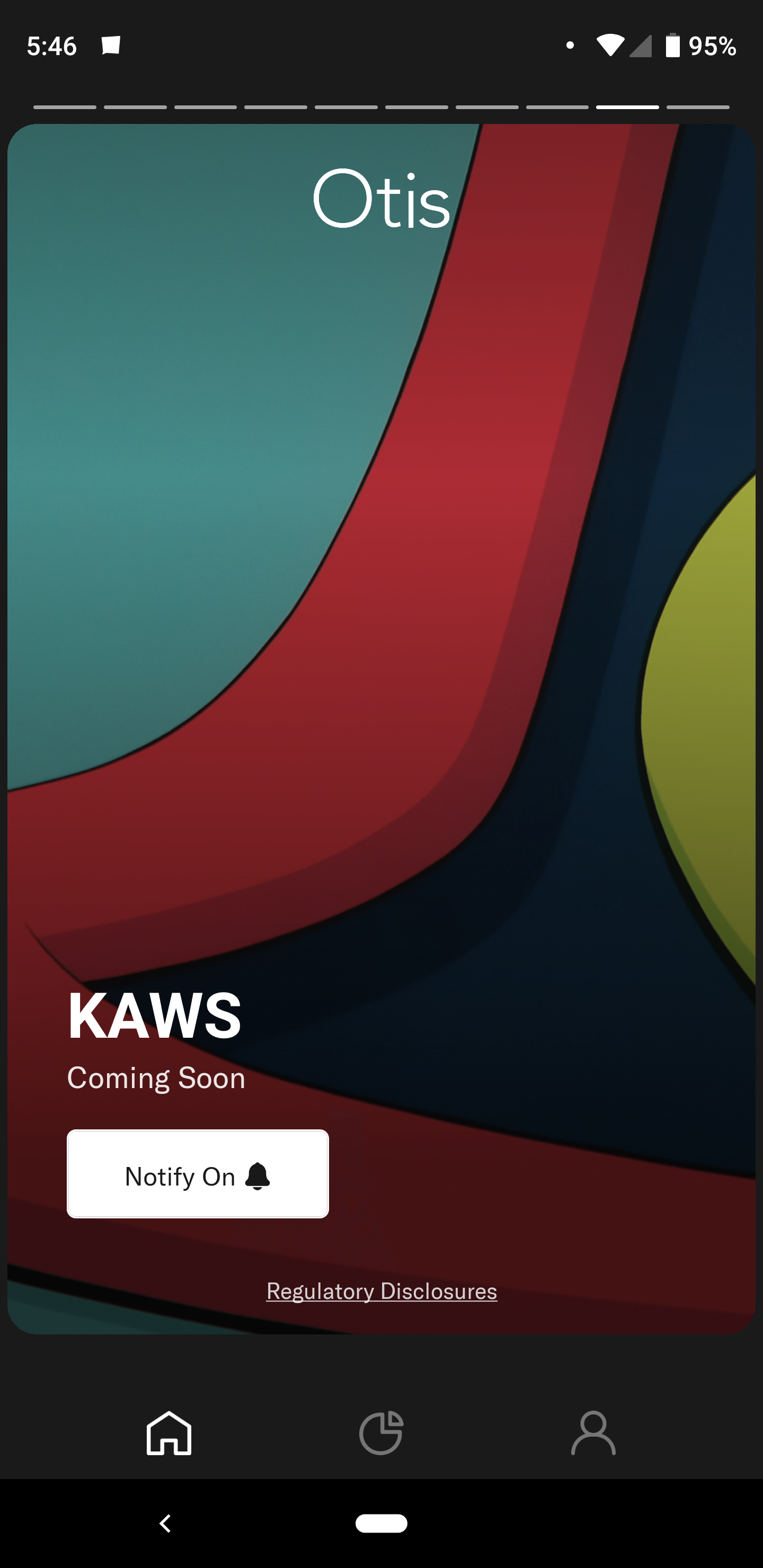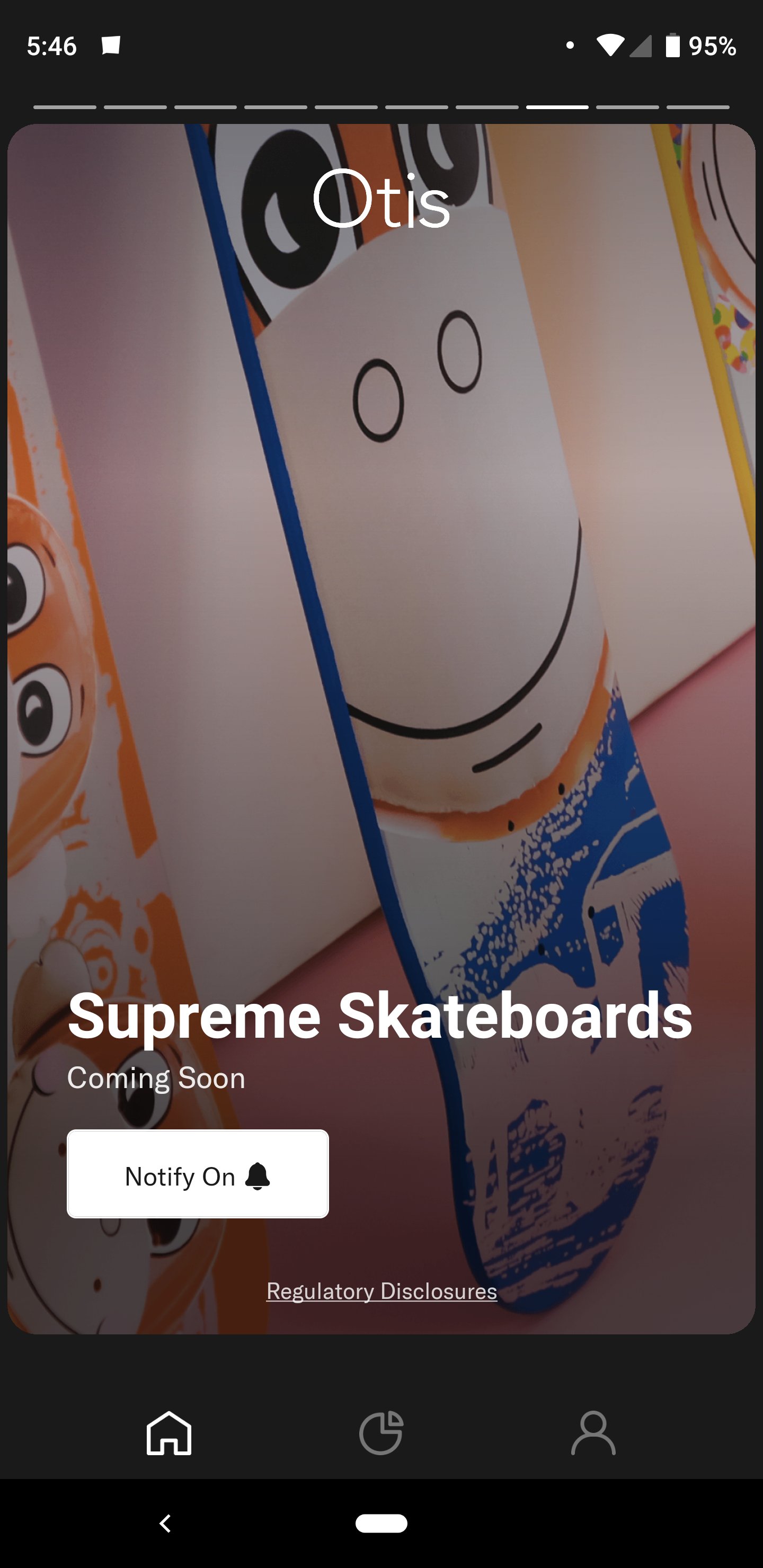Fractionalizing Home Equity
USV recently invested in a company called Patch Homes and they are announcing that financing today along with some other important information on their business.
You can read about the financing here and USV’s investment blog post here (we do one of these for every new investment).
What I’d like to talk about is the bigger idea behind Patch and some other startups out there which is the ability to break up your home equity into pieces and sell some of it while holding onto most of it. I call this fractionalizing home equity.
In the existing home finance world, the only thing you can do with your home equity is borrow against it. And many homeowners do this. It is a big market and helps a lot of homeowners out. But once you borrow against your home equity you have larger monthly mortgage payments to make and many can’t afford to do that. And you need a certain credit score to be able to access the home equity loan market.
What Patch offers instead is to take a piece of your home equity (currently limited to $250k maximum) and sell the upside on it to a investment fund. Note that I said upside. This is effectively a call option on the equity not a full transfer of that equity. That makes things a lot simpler in many of the scenarios that could arise.
There are some great use cases for a partial sale of home equity. One example I like a lot is a family whose children are heading to college and soon will be out of the home. They plan to sell the home when all the kids are gone but don’t want to do that until then. They could sell some of their home equity, help pay for college, and then sell the house after all of the kids have graduated. There are plenty of examples like that where you are in a situation in life where you plan to sell but not just yet and you don’t want to add to your debt load and/or your monthly payments.
And that is why having more home finance options is great. It expands access to capital and that is a core part of the current USV thesis. And we are excited to be working with Patch to help them do that.




